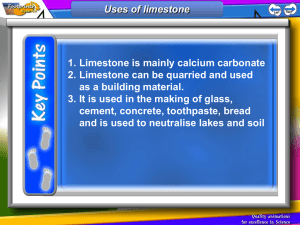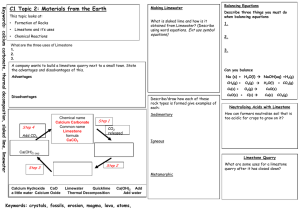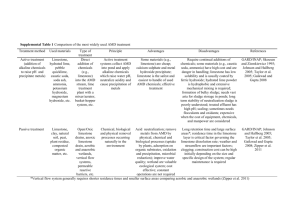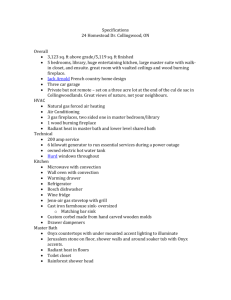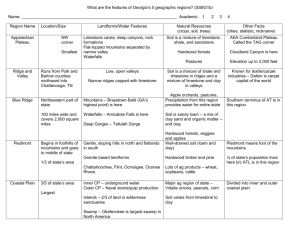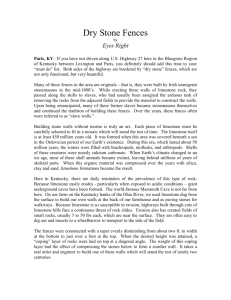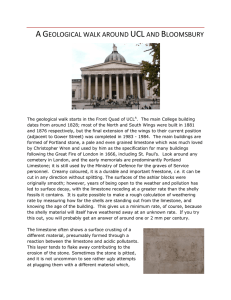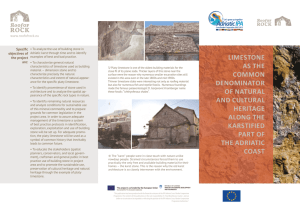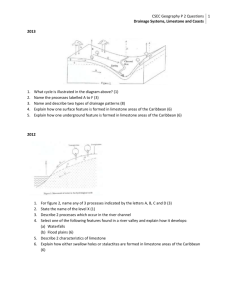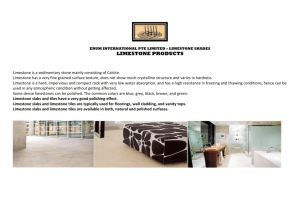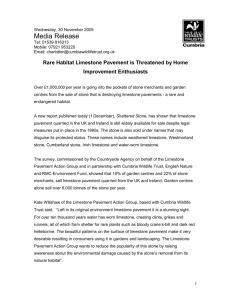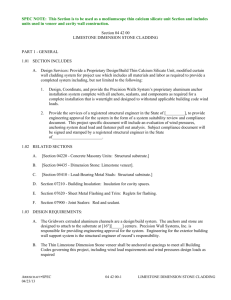Class and Durability As a natural product, limestone requires
advertisement
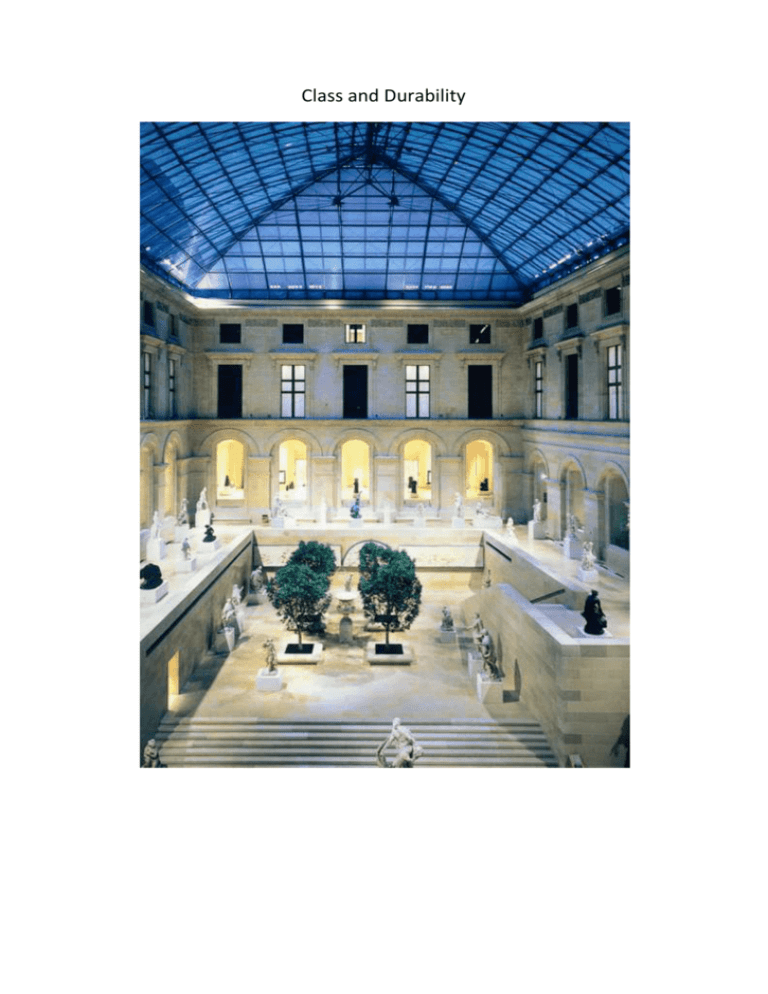
Class and Durability As a natural product, limestone requires knowledge and understanding. Density, finish and how a stone is quarried all influence the final selection. The most common misconception about limestone is that it’s a soft stone. In reality, limestone can range from very hard to very soft. It should be chosen specifically for how it will be used in the final design, while taking aesthetic preferences into account. A few benefits of limestone include: Durability Temperature and humidity control Better traction and less porosity than many other stones Neutral color and tones complement bold architectural features Easy to clean and maintain ASTM International (formerly the American Society for Testing and Materials) classifies limestone in three categories1: Class I – Light Duty. Soft limestone best used for dimensional, thick cladding and carving. Most buildings in Paris use these types of stone. Class II – Medium Duty. These stones can be used in cladding and residential flooring, as well as bath applications. Class III – Heavy Duty. The French call this limestone « Pierres Marbrières », or literally, marble-like limestone. Comparable in hardness and porosity to harder marbles, these stones can be used in heavy commercial traffic applications (such as flooring) and kitchen countertops. Getting it Right. A good example of how the right stone was chosen for the right building application is Le Louvre in Paris. While the original building was built with a soft limestone, Saint Maximin, the new extension interior is clad in a medium duty stone, Magny Doré. Also, its new interior flooring has a heavy duty limestone from the Chassagne quarry in France and able to withstand the foot traffic of 8 million visitors a year. (1) ASTM Designation: C 568 – 03, Standard Specification for Limestone Dimension Stone





